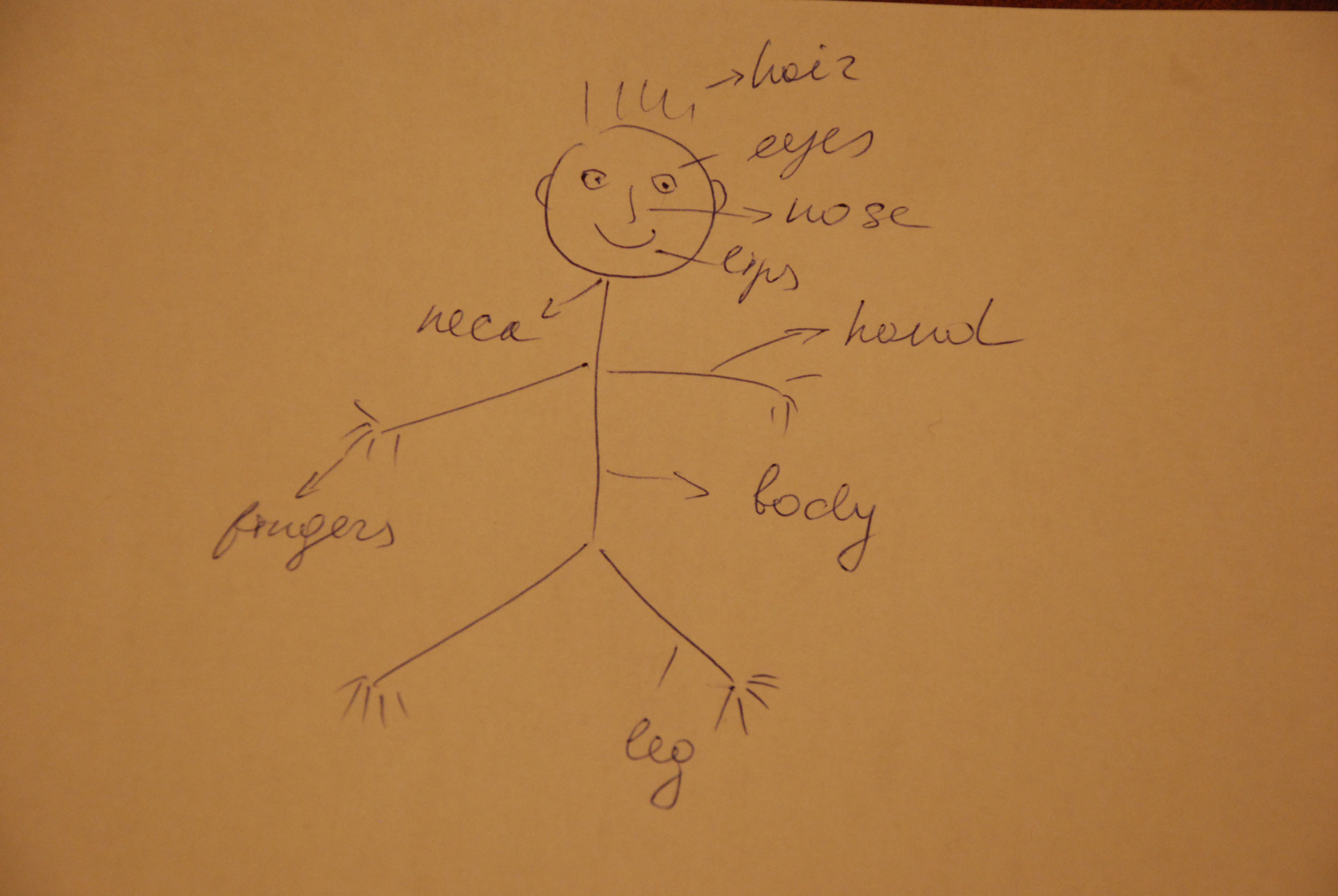Nowadays vocabulary teaching seems of especially great importance. The English language is becoming more and more popular all over the world in all spheres of social life. Therefore any individual who wants to succeed in our business world has to be able to speak English.
English teaching/learning is a hard and many-sided process, where both participants – learners and teachers – should follow certain rules. Only through mutual co-operation are good results possible.
Knowledge of vocabulary seriously influences the knowledge of the foreign language in general. The more words a person knows the more secure he/she feels himself/herself, the more willing he/she is to communicate.
How to memorize new words? How to make it easier for the students to perceive new words and to keep them in mind for a long time?
According to the physiologists, there are three ingrained learning styles of perceiving new information, so-called VAK styles: visual, auditory, and kinaesthetic.
The teacher can try to help his/her students to define their styles of perception and to facilitate them to memorize new foreign words using the techniques most appropriate for their learning styles.
Visual style
This style suggests that students turn the words into pictures as they have a great visual memory. 35% of students have such style.
Auditory style
This style suggests that students perceive the world through sounds of voice, its tone, and timbre. 25% of students possess this style.
Kinaesthetic style
This style allows students to perceive the information through feelings, emotions, instincts, contacts; their muscles play a huge role in learning. 40% of students have such style.
In reality, the pure type is rather rare, however, it is often the case that students have a blended style – visual-kinaesthetic or visual-auditory. Knowing the students’ style the teacher can choose the most appropriate tools and tasks to teach the students.
I have been working as a teacher for more than 14 years and have collected a number of techniques that have been extremely useful in helping to teach vocabulary.
1. Draw a picture or diagram and divide words into groups
For example, you can draw a body and write the parts of the body, or draw a flat and write the names of the rooms etc.
This technique works perfectly for visuals, as drawing the pictures stimulates the creative thinking what leads to easier memorisation.
It is important to draw pictures and words not only on the paper but in the air with your hands, too!
 2. Write words on sticky notes with translations, synonyms and examples
2. Write words on sticky notes with translations, synonyms and examples
Then stick them in places where your students spend the most time. Encourage students to take a look and revise the words every time they’re near. When you are done with this paper, replace it with a new one. This is another good technique for the visuals.
3. Create word associations
Encourage students to make their own word associations. The teacher can give some hints, however, the students should create their own. The point is that the word will be memorized and in years they will remember it!
For example, many years ago I memorized the word ‘syringe’ by associating it with Syria. There is no logic, but the word is still in my memory.
Another example is the word ‘cumbersome’ – the first association I got was with ‘cucumber’. I imagined a long, bulky cucumber, which is difficult to hide.
This technique is as appropriate for visuals as it is for auditory and kinaesthetics, as visuals will draw a picture in their minds (cumbersome-cucumber), the auditory will memorize using sound association (syringe-Syria), but the kinaesthetic will feel it emotionally.
4. Read books
Get the students to read books and write down new words, learning them in the context of the book. The visuals will be able to remember not only the word but even the page where this word was printed.
5. Listen to the audio
For more experienced learners. it may be useful to listen to audio and focus on new words. This technique is most useful for auditory learners.
6. Work with a dictionary
One of the best techniques to expand vocabulary is to write down compound nouns from the dictionaries, consisting of two nouns: headache (head and ache), lighthouse (light and house), snowman (snow and man), etc. This technique could be useful for visual and kinaesthetic learners.
7. Look for common everyday words
There are many words – names of big companies, famous groups or song titles – which are familiar to us all. Many of them have different meanings when used as part of the English language. The teacher’s goal is to help to distinguish that it has some meaning and it can be used in English learning.
Auditory learners can definitely benefit from this technique, as it is based on sounds, although visual learners may associate words with brand logos, etc.
Which methods do you find most effective when teaching vocabulary?




Such a nice article. We all know there are different learning styles we have to appeal to when working with students of all ages and diverse language needs. The pieces of advice given are the ones needed to better teaching practices.
Yes, indeed! I felt it myself when I was learning English and now when I am learning French. Teaching the students it is good to pay attention to their learning styles to make new words memorization easier for them.
I cannot agree more!! I was wondering if you know of a “self” test so as to make sts identify by themselves (and our help or guide), which kind of learning style they feel more identified with.
Of course, there are plenty of them! You just google it by key words ‘VAK learning styles test’ or something like that, and you will see a lot of links to different resources with such tests. 🙂
Excellent! Thanks a lot. i am about to discuss it in my class. Thanks for the help.
Great! Thank you for your feedback!!!
Reading is good “Passive” way of improving vocabulary, but when you are resorting to making lists, that is “Active” method. Problem with active method of learning words is that it is cumbersome and boring, and you doing retain and unless you use it in writing sentences to apply the word, very little chance is that you increase your lexical size.
Improve Your Vocabulary – VocabMonk is an active learning tool which is personalized and makes sure you grasp the learnt words by applying it. It is lot of fun too as you can play vocab challenges with your friends.
Give it a shot!
I like this post . Because it helped me a lot.
hello, it’s very interesting. I have a project “Learning styles and study techniques”. we mainly play games, such as the hagnman, memory game, etc…
So useful. That was really good for those who wants to participate in IELTS exam.I have follow you because all you tips are so helpful. When I stop reading, I will forget some words that they are alot! But I have downloaded an application that includes many words with a lot of examples, short movies, texts that referes to related websites for each word. Called “Wordup” .you can find it in https://wordupapp.co .
Thank you for the lovely article. The techniques you outlined are definitely helpful!
This research seems to be immensely informative and useful for me. I really appreciate that one. However, if you don’t mind sending me more materials to clarify how students could recognize the suitable type for themselves. I mean there are any survey to help us find out which one we belong to ?